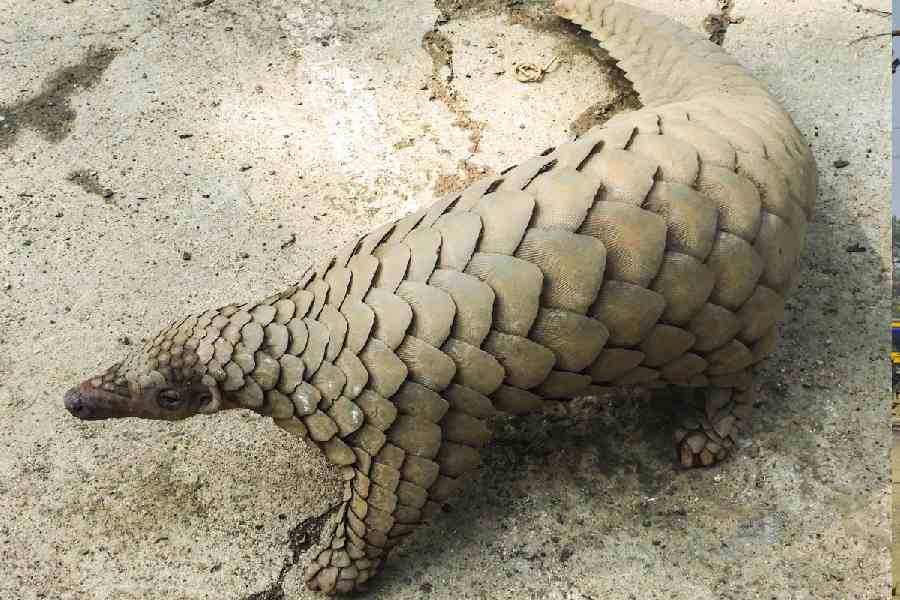|
|
| All in a day’s work |
Alam operates his small dinghy at Outram Ghat. His home is in Diamond Harbour, but since travelling back and forth every day is both hectic and expensive, he sleeps in his boat at night with his 12-year-old helper. Indeed, this is what the 30-or- so boat-operators at Outram Ghat, most of them hailing from the suburbs, do. Some of them get together and cook their meals on the ghat itself. Alam has heard of the fishing boat that capsized on the Rupnarayan river near Kolaghat last week. Eighteen people, including eight children, are feared dead in the accident. Reacting to the incident, Alam said that he is very particular about the number of people he allows on to his boat.
The boat-operators on Outram and Princep ghats are not generally faced with the problem of overcrowding since their main customers are small families or couples. Occassionally, school or college students come in slightly larger groups of 8 to 10, and in that case, these boatmen do allow them. In the lean season, when the boats do not go for a sail even once a day, refusing any group that wishes to use a boat is impractical. The permit for running these boats is obtained from the Calcutta Port Trust, while the river police are in charge of the safety and rescue of passengers in cases of emergency. But it is difficult for the river police to keep track of the several boats that ply the river, giving the boat-owners at Outram and Princep the liberty to pick up as many passengers as they please.
The people who boarded the boat on the Rupnarayan were, in a way, different from the customers Alam caters to. The former are mainly locals for whom hiring a country boat is a cheaper option for a picnic, as opposed to the visitors to Outram Ghat who take a boat ride for the sheer novelty of it, often paying as high as Rs 250 for an hour on the river. Dinghies, used for sight-seeing, differ from fishing boats. The boat in the Kolaghat incident was a fisherman’s vessel that was hired out to a group of picnickers. The ones that dot the Hooghly at Outram Ghat exist solely for the purpose of showing Calcuttans the river that flows through their city, and of giving them the opportunity to soak in the tranquility of the river.
Alam is now 22 years old. He has been working independently ever since his father passed away two years ago, but he remembers the kind of work his father did. The boat that he now uses belonged to his father, who ferried passengers and goods from the big ships that came to the Strand Road dock. It was only after the dock became unfit for big ships — the result not only of the silting up of the bank but also of the closure of industries in the 1950s and 1960s — that Alam’s father started using his small boat to take people out on pleasure trips on Sunday evenings.
A carpenter back home in Diamond Harbour constructed Alam’s boat. The jetties on that bank too have been affected by the silting up of the river. Diamond Harbour developed as an important stopover for big ships during the raj. Several jetties in Diamond Harbour are now broken. But those who earn their livelihood from the harbour and the river are wary of moving to the city in search of employment. Alam is one of the few people who have travelled to Calcutta for work, while the rest of the folks in his neighbourhood are uncertain about the financial prospects offered by the river in Calcutta.
Sixty-five-year-old Gourango Mondol has been a nouka-mistri for 40 years now, a craft he learnt from his father and grandfather, who were in the same profession. The day I met him, he was splitting a huge log of wood into smaller strips which would eventually form the planks of the passenger boat he and four others were working on. This incomplete boat was parked by the ghat, the finished portion propped up with pieces of wood. Nearby, his wife and daughter-in-law, along with two other women, could be seen repairing a massive fishing net for a fisherman who had hired them for such work.
Mondol explained to me the difference between the passenger boat he was making and the small country boat that has come in for repairs and was also lying by the ghat. As he told me animatedly how the dinghy boat, which is 15 feet long, 3 feet wide and 2.5 feet deep, can hold about 10 to 12 persons, while the passenger boat twice as long and deep and thrice as wide can carry 50 persons at a time, a bemused smirk escaped his lips. He wondered what is there for people to see on the river. When I told him that those on the capsized boat in Kolaghat were on a picnic, he merely laughed. Although he can understand the need for a recreational trip on the river, what surprises him is that so many people would risk their lives to get on to a small boat meant for only 10 persons, when the perfectly utilitarian motorized passenger boat would have served the purpose.
He is unaware of the fact that the basic wooden, unpainted boat he supplies to the likes of Alam at Outram Ghat has been modified in Calcutta to a great extent to make it look pretty. Meant mainly for lovers hoping for a quiet afternoon in each other’s company, the boat on the Hooghly is painted in bright colours, a little curtained enclosure is erected on one side, and seats are constructed. The idea is to make it resemble the shikaras on Dal Lake in Kashmir that have become a benchmark of river tourism.
But for those like Mondol whose days revolve around the ghat, the river does not hold as many mysteries, and is not half as alluring and exotic as we would imagine it to be. On the other hand, Alam’s father, roughly Mondol’s contemporary, was quick to identify the trend in Calcutta that made the river a marketable commodity. He was happy as long as he could extract a decent livelihood out of Calcuttans’ penchant for ‘rediscovering’ their city and its heritage.












